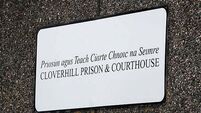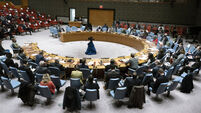Arts Council might not have more cash, but has more creative control

For the arts, yesterday’s budget will be spelt out by Culture Minister Josepha Madigan at a press conference. Her enthusiasm for transubstantiation didn’t extend to delivering significant extra funds for the Arts Council, out of a Brexit budget.
That matters, because the council is the essential funding system for the arts and artists. Beneath a nominal increase, there will be cuts for some, or, at best, a standstill for others. The €2m in grants allocated for next year is more than the €1.25m committed in additional funds to the Arts Council for its existing functions. If you haven’t received a forward commitment for 2020, you are now scrambling for a share of less. That’s backwards, not forwards.














